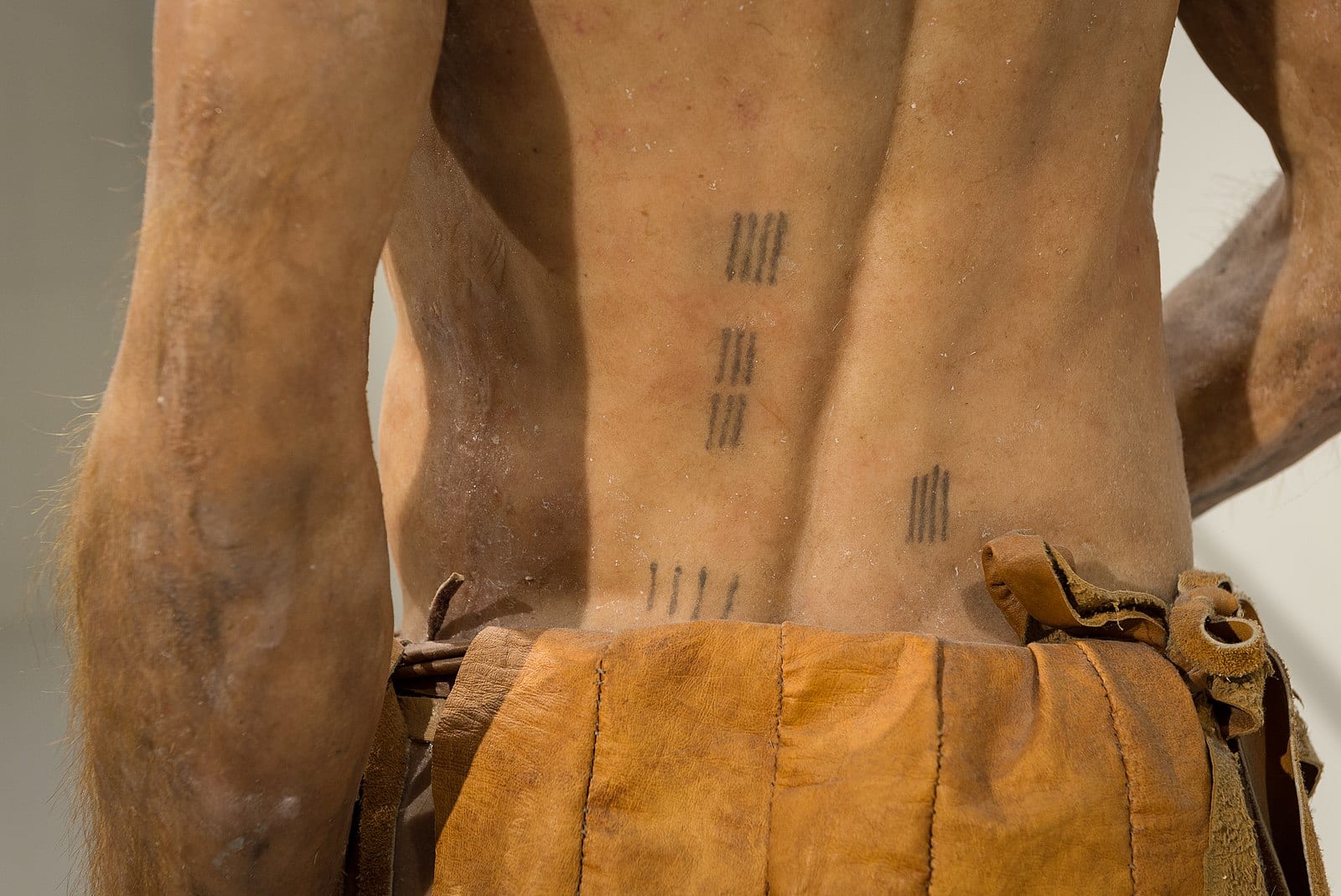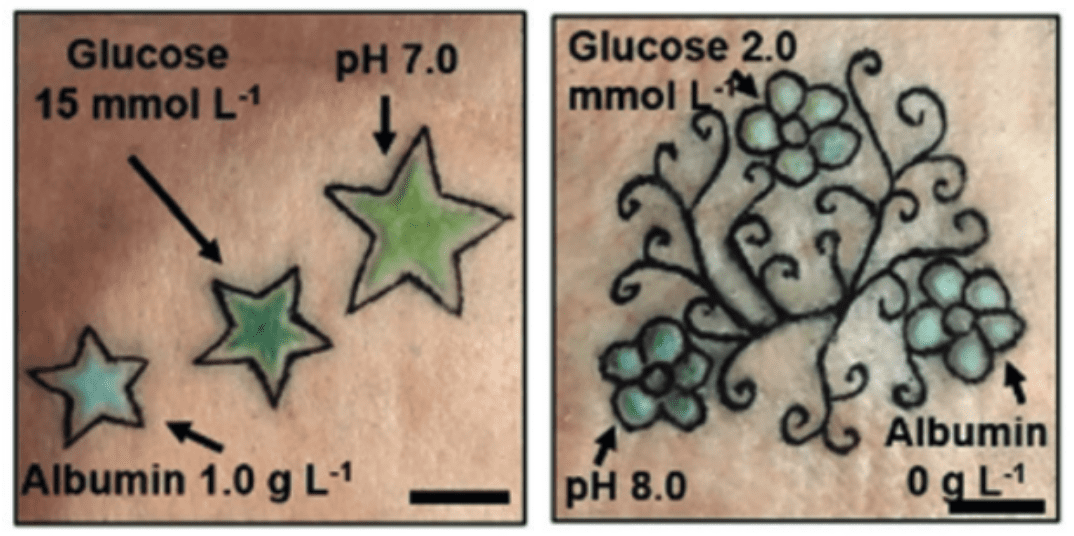Tattoos, the artistic insertion of pigment into the skin as a form of body modification, has been around for quite a while, with the earliest preserved example from around 3300 BC. These tattoos comes from Ötzi the Iceman, a preserved human found in the Alps between Austria and Italy in 1991. The tattoos were of a simplistic design, lines on the skin with “ink†made of soot, but Ötzi was decorated with them, spouting 61 tattoos across his body.

While tattooing did not become more commonplace in Western culture until the 1970s, it was long seen as a deviant form of self-expression. Tattoo popularity has now grown to the extent that roughly 20% of American adults have at least one tattoo. More recently, that traditional, counter-culture view has largely been shifted, with the younger demographic making up a majority of the 20% with tattoos, this writer included.
Scientists have now begun to look at merging this minimally invasive and ubiquitous procedure with personalized medicine. What if the art you choose to put on your body could change based on the current state of health you're in? It sounds like science fiction, but that is exactly what one such group of scientists is hoping to achieve. The international effort by one research team looks to use tattoos as the next avenue for diagnostic devices.
The use of consumer diagnostic devices that can sample the body is not new; think of the self-monitoring that many of those with diabetes already perform or taking your own temperature to determine if you have a fever. However, most diagnostic tests require something a little more probing than a thermometer in the mouth, and for many medical contexts, real-time monitoring is needed. The human skin, or more specifically the dermal layer where the pigments from a tattoo are injected in the body, house lymph vessels, blood capillaries, and extracellular fluid. All of these dermal constituents carry metabolites, chemical products made by cells, throughout the body. It is these metabolites that scientists are targeting in order to build a diagnosis.

Glucose levels in the blood of diabetics are a common example of metabolite measurement already in use today. A drawback to this test, along with many others, is the requirement of self-injury in order to draw blood and plasma to perform the screen. This is where the idea of inserted dermal pigments come into play. By using the dermal layer of skin, a constant, passive screen could be performed with the readout being a shift in color upon certain changes in stimuli. This would take “feeling blue†to a quite literal meaning.
In the landmark paper that displayed this incredible idea, dyes that could change structure upon interaction with metabolites were tattooed into pig skin. These dyes, sensitive to glucose, pH, and albumin, were used as a mock screen to test for metabolic disorders such as diabetes, acidosis, and cirrhosis, respectively. Upon alteration of these conditions, changes could be quantified by simply taking a photo on a smartphone and analyzing what hue the tattoo had turned.

As it currently stands, there is much work left to be done before this becomes medically available for humans. Long term reversibility is still a large hurdle to overcome. These tattoos need to provide far more read-outs for sustainable use over the lifespan of an individual, in comparison to the small sample sizes already shown. As these studies progress and the medical technology behind these tattoos becomes more refined, who knows, maybe this is a stepping stone between now and Cyberpunk 2077. Who’s to say the next generation's first tattoo won't be those angsty lyrics that just meant so much to them, but this time with a personalized medicine twist.

Jeremy Duke is a Biochemistry and Molecular Biology PhD student at UGA, focusing on glycoconjugate vaccine development. He has a wonderfully eclectic music taste and likes to make costumes and read when there isn't a pipette in hand. He can be contacted at jad71457@uga.edu. More from Jeremy Duke.
About the Author
- athenssciencecafehttps://athensscienceobserver.com/author/athenssciencecafe/April 17, 2020
- athenssciencecafehttps://athensscienceobserver.com/author/athenssciencecafe/April 12, 2020
- athenssciencecafehttps://athensscienceobserver.com/author/athenssciencecafe/April 3, 2020
- athenssciencecafehttps://athensscienceobserver.com/author/athenssciencecafe/March 30, 2020







